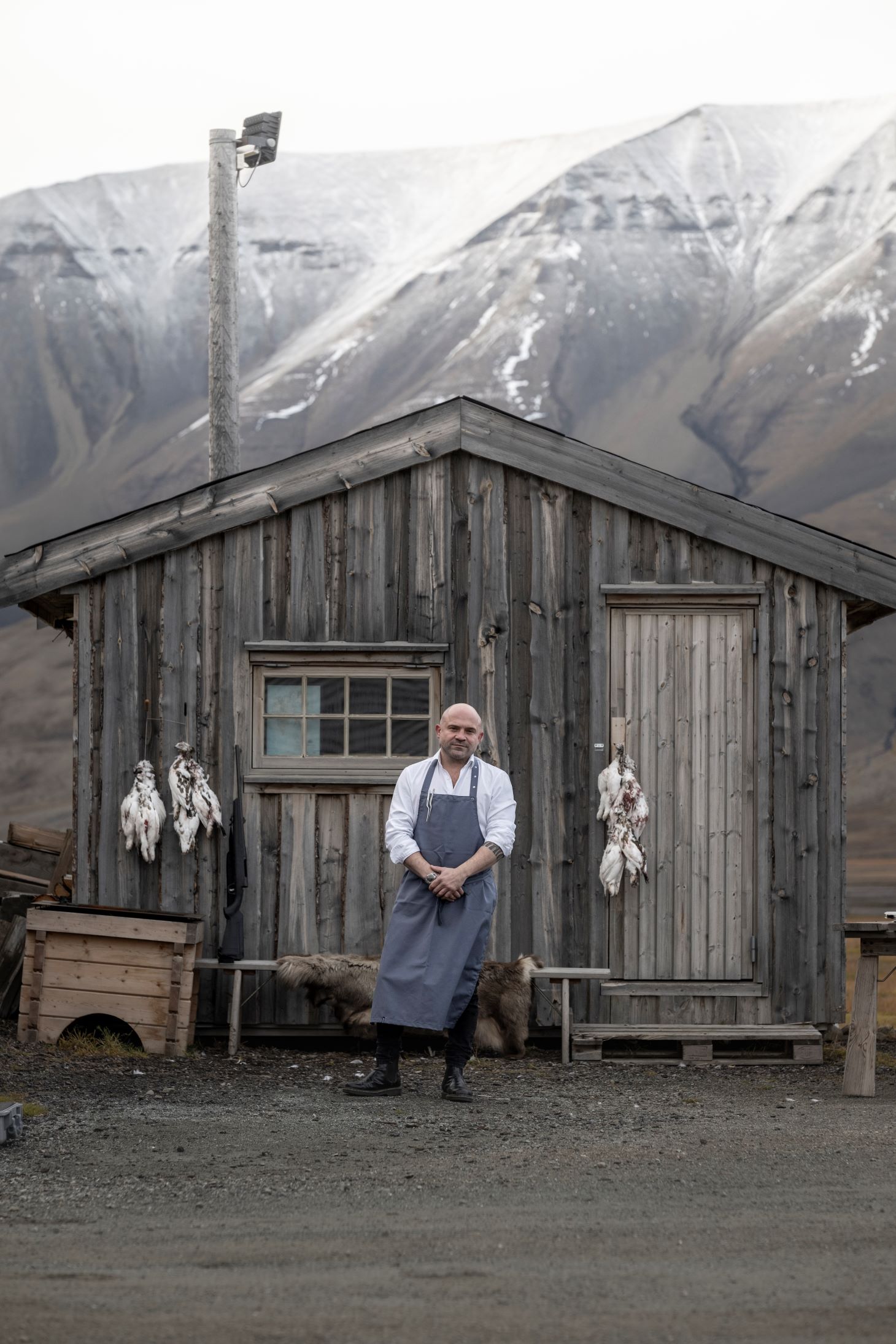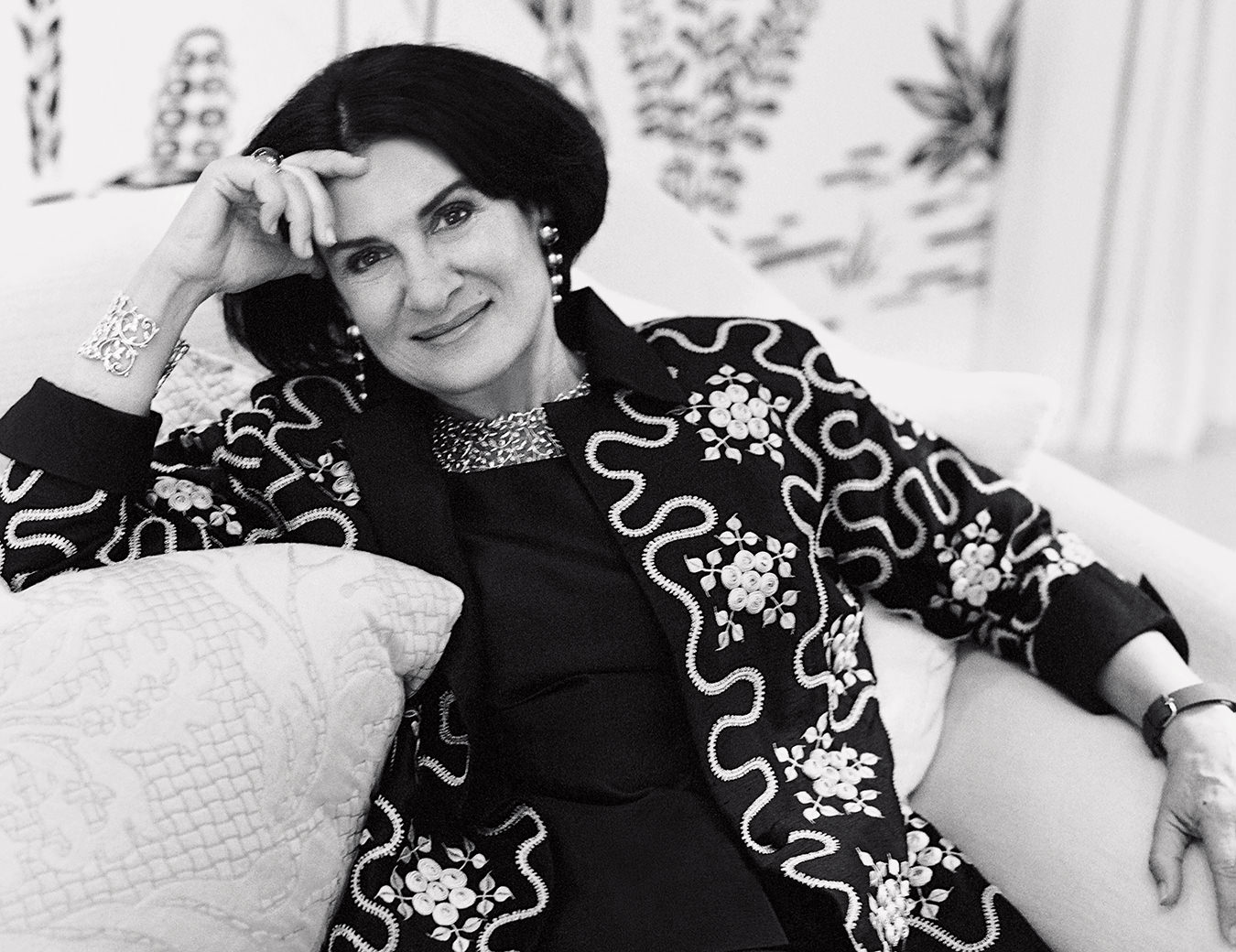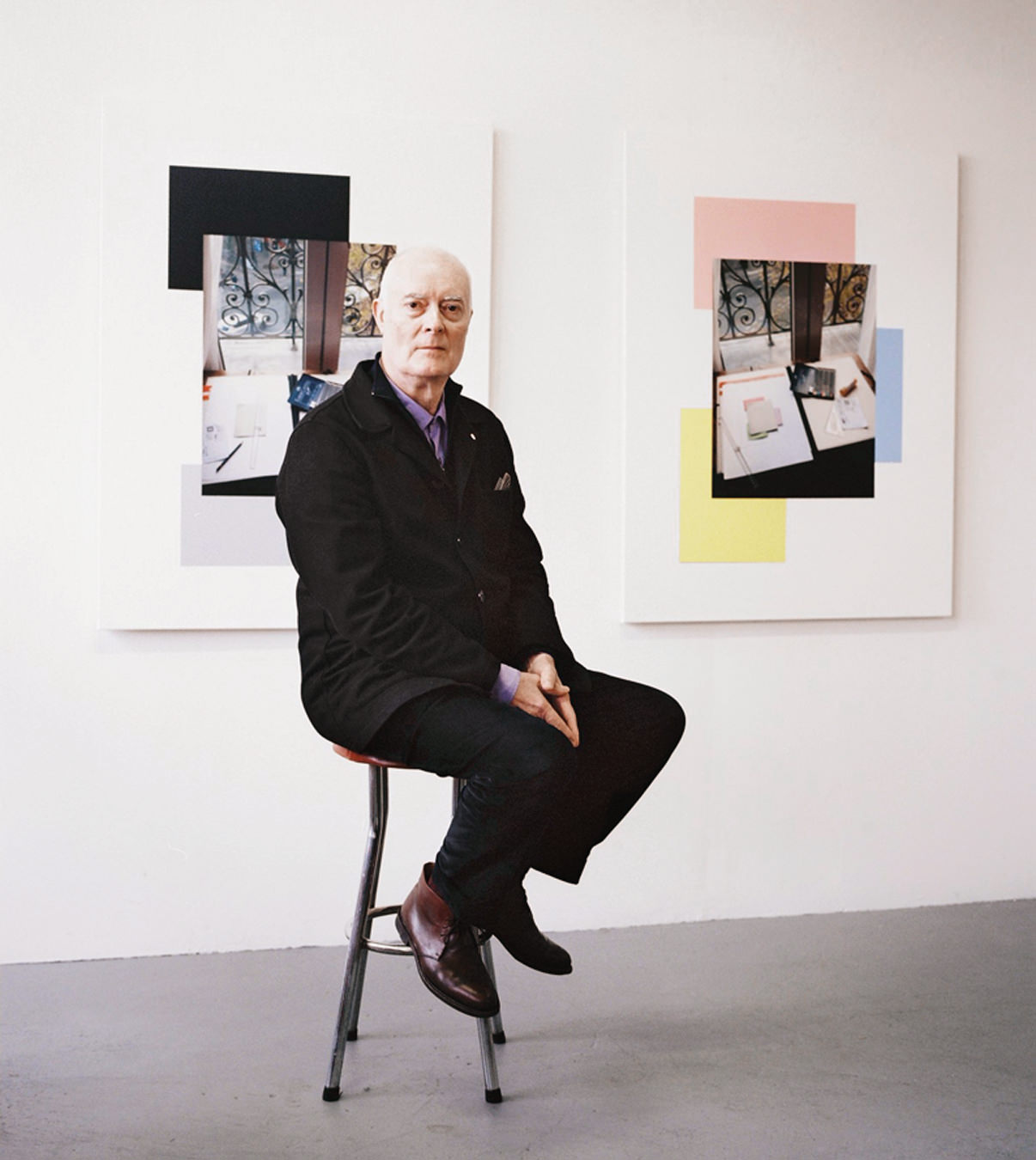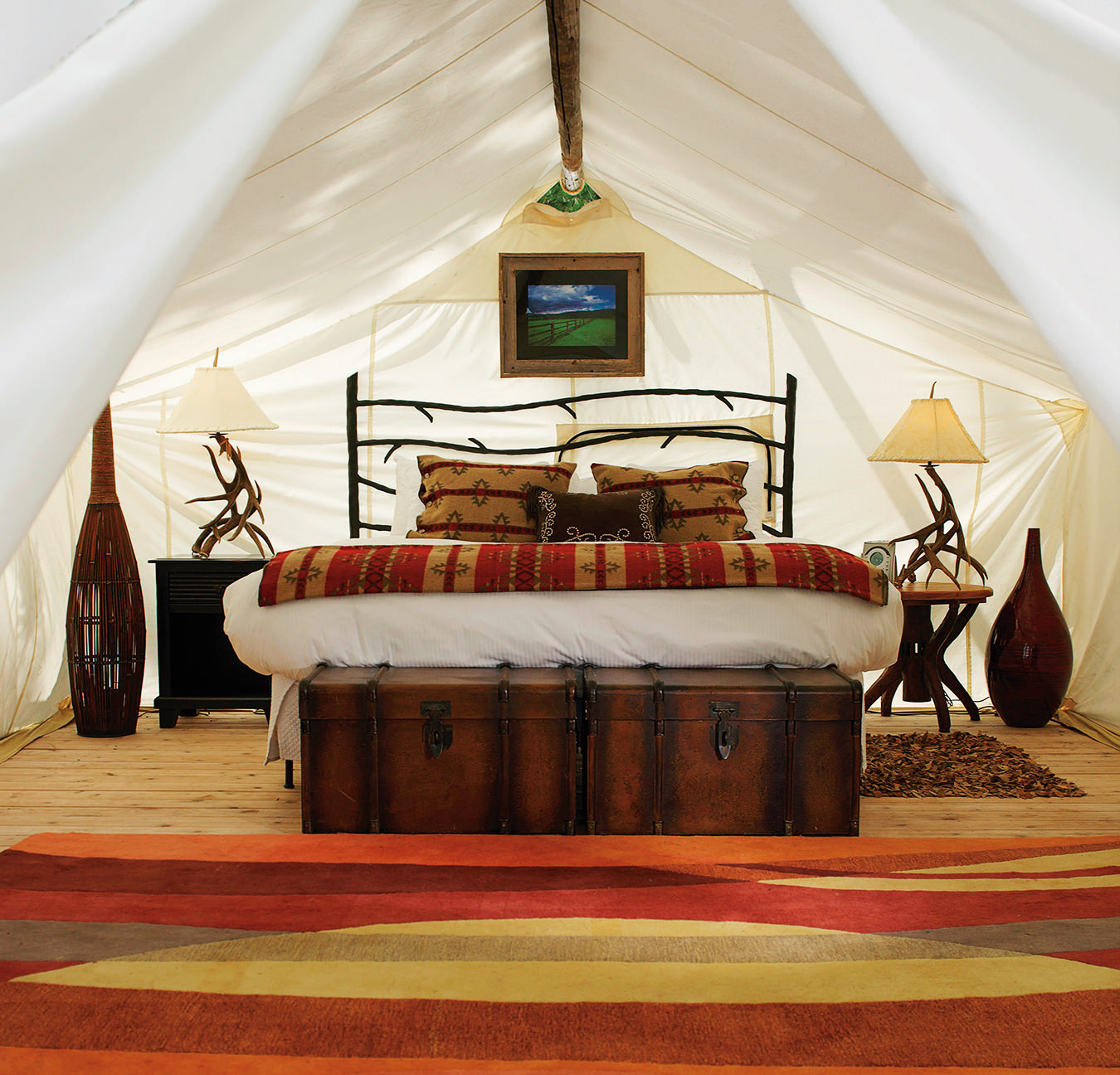Embracing the Darkness During Arctic Norway’s Polar Night
Under the spotlight of streetlamps, reindeer the colour of tiramisu forage for lichen and sedges buried in snowbanks along Longyearbyen’s icy main road. Children’s laughter chimes like bells from the shadowy schoolyard, a disorienting sound amidst what looks like midnight. In actuality, it’s early afternoon.
From November through January, the Svalbard archipelago in Norway’s high Arctic is eclipsed by polar night. The sun never crests above the horizon and Longyearbyen, the world’s northernmost town with more than 1,000 residents, and Svalbard’s roughly 2,400 residents are plunged into 24-hour darkness. The moon, stars, undulating neon-green and -pink aurora borealis, and the town’s twinkling lights are the only light sources.

Huset Restaurant photo by Eveline Lunde. Courtesy of Hurtigruten Svalbard.
Founded in 1906 as a coal mining town, Longyearbyen is set to close its last mine in 2025 as part of Norway’s clean energy transition and the community’s shift to primarily scientific research—most of it centred on climate change—and tourism. Cruise companies ferry nearly 57,000 people to Svalbard in the summer months, but the dark season sees a fraction of the visitors. Companies like Hurtigruten Svalbard, the land-based sister company of the Norwegian cruise line Hurtigruten, which has been running its Coastal Express voyage up the Norwegian coast since 1893, are hoping to extend tourism into the off-season, a favourite time among locals. “There’s something about the darkness—it’s calming,” says Tore Hoem, adventures director for Hurtigruten Svalbard. “The speed is slower, and we transport visitors away from the stress of big cities and into this cozy, dark bubble.”

Funken Lodge. Photo by Ragnhild Utne. Courtesy of Hurtigruten Svalbard.
During a polar night trip, the dark and cold are celebrated with outdoor adventures by day and evenings of hearty food and warming wine. At Funken Lodge, a boutique hotel perched on a hilltop and originally opened in 1946 for the town’s mine managers, travellers trade in their boots for slippers upon arrival, and locally brewed craft beer and cocktails are served at a cozy, candle-lit bar. But even with these creature comforts, the intrepid spirit that drove early explorers here in their search for an eastern sea route to the Pacific or the North Pole—Barentz, Peary, Amundsen—and the thousands of nameless hunters and trappers that braved perilous, brutal expeditions, endures.

It’s as if that history has become part of the landscape, the imposing mountains that cradle the town rising like a warning. It manifests as a chilling feeling while dog sledding by headlamp through drifting snow illuminated like confetti, the dogs’ collars tinkling and their panting sending smoke-like plumes into the darkness. You feel it while hiking through knee-deep snow amidst the extravagant lavender twilight that bleeds from the horizon midday, stones shapeshifting into white ptarmigans in the snow. In her classic 1930s memoir of the year she spent living on Svalbard, A Woman In the Polar Night, Austrian writer Christiane Ritter described the often harrowing polar night as “like the dream of a world that is visible before it takes shape as a reality.”
Experiencing the season offers a deeper appreciation for the early explorers and hunters who overwintered here in cold, cramped huts, not luxury lodges. Svalbard’s fascinating past is detailed in the Svalbard Museum on the edge of town, where exhibits include Ritter’s patinaed sealskin Sami boots and watercolour painting, and accounts of how early trappers worked to make winter tolerable with candlelight, improvised games, songs, and whatever astringent alcohol they could procure.

Huset chef Alberto Lozano. Photo by Timo Virmavirta. Courtesy of Hurtigruten Svalbard.

Photo by Timo Virmavirta. Courtesy of Hurtigruten Svalbard.

Photo by Timo Virmavirta. Courtesy of Hurtigruten Svalbard.
At the end of a day in the searing cold, travellers can take refuge at Camp Barentz—a replica of the hut Dutch explorer William Barentsz (who first discovered Svalbard in 1596) and his men constructed from their shipwrecked vessel on Novaya Zemlya—tucking into a steaming bowl of reindeer stew around a fire while listening to stories of this early history. For a sophisticated experience, visitors can book a table at Huset, an elegant restaurant housed in a storied 1951 building. Chef Alberto Lozano creates hyperlocal Arctic-inspired fare such as scallop tartar showered in mountain sorrel, seal croquette, and reindeer chorizo paired with wine from the impressive cellar—the largest in Scandinavia, with over 6,000 bottles.
This retreat into the warmth and comfort of polar night is a pleasant reminder that winter is a time to slow down and acknowledge the change of season, something most of us have forgotten. While seeing Svalbard from the summertime sea in all its glittering, midnight sun glory is its own kind of splendour, a land-based visit to Longyearbyen during the dark season is singular. “It’s a different world,” Hoem says. “This special, strange little thing up north.”





